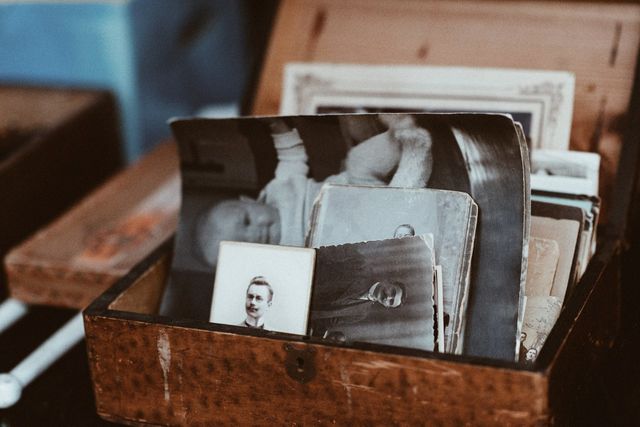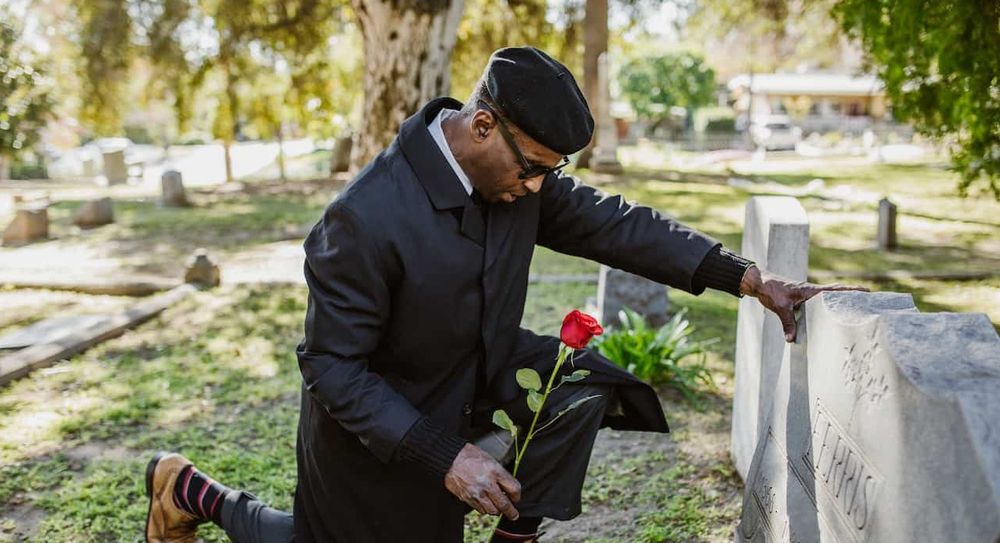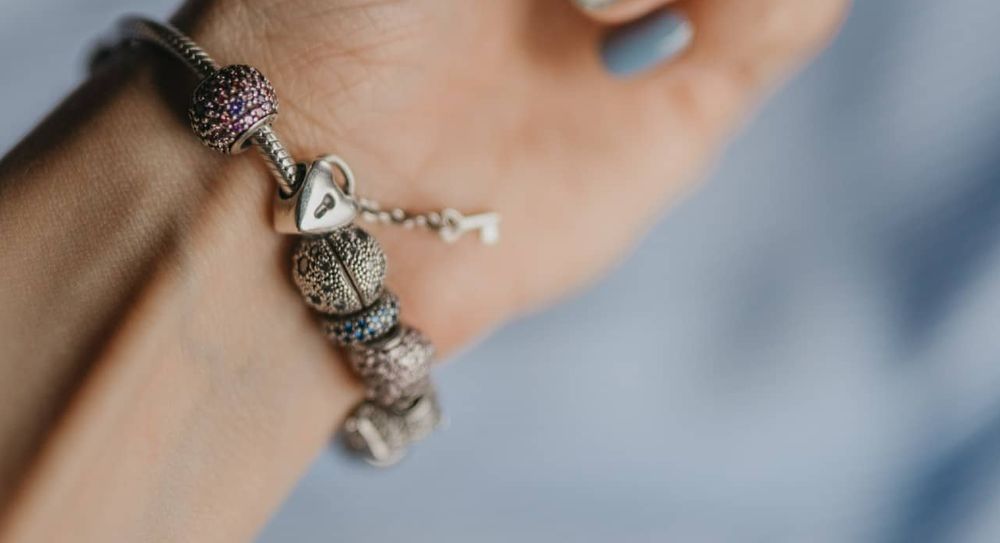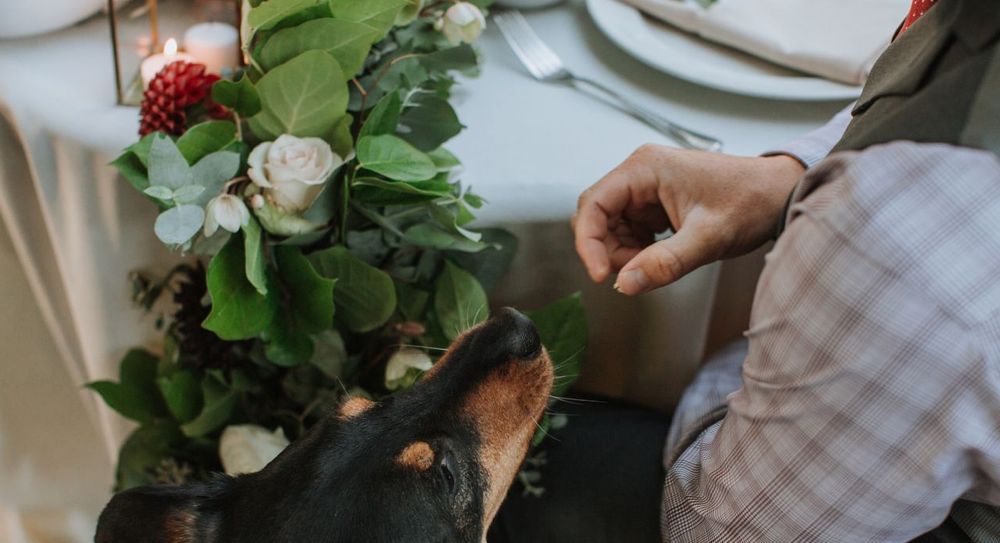Grief is a personal process, and everyone copes with loss in a different way. If someone close to you has passed away, finding your own way of remembering them can help.
Many people choose to erect a memorial to a loved one, often placed in the cemetery where they were laid to rest, or at a favourite, much-visited place. If you’re looking for a more personal way to remember a loved one, a memory box could be an ideal option. It’s something you can keep forever and look at whenever you wish, as well as being entirely unique to your relationship .
A bereavement memory box is a physical collection of items that hold special meaning and memories of the person who has passed away. It can be a wonderful thing to keep for the future and the process of creating the box can also be therapeutic and comforting for those who are grieving. It could be a project to work on together when neither of you really knows what to say.
Are you wondering what to put in a memory box? Or how to create a children’s memory box? Here are some tips and ideas to get you started:
How to make a memory box
Choosing a box
The first step in creating your memory box is to choose the right container. Of course, it could be as simple as a shoebox or plastic tub, but it could also be a special box or tin that belonged to your loved one, or a bespoke wooden box that you have made specially. There’s no right or wrong, but it’s worth thinking about the size of the box you choose. What will you want to put in it? And where will you keep it?
Choosing items for a memory box
Have a think about what you’d like to include in the box. Items should be meaningful or special to you in some way. If you’re creating the memory box with a child, help them think about the kinds of things that particularly remind them of their loved one. This can be a good way to encourage a child to open up, allowing you to discuss their loss through the lens of belongings and memories.
You might choose to include photographs, letters written in their handwriting and special cards given and received, as well as small trinkets or keepsakes. Was there a silly tie or favourite hat they always wore at Christmas? Did they collect something interesting? What about a bottle of their favourite scent?
Think about items that reflect your loved one’s personality, their hobbies and their interests. What made them unique? What are the things you never want to forget? Really, anything that reminds you of your loved one can be included, as long as it’s not perishable.
Thinking about why you’re including them
For each piece you choose, consider why you want it to go in. Is there a story attached or a particular memory that makes you smile? Some people like to make a note for each item so that in years to come they have a nice little reminder about why a particular picture was so special, or a treasured item was chosen.
Getting creative
Your memory box doesn't just have to be about photos and keepsakes that you already have. If you’re artistic, or if you’re helping a child to create a memory box, think about getting creative with what you include. You might like to add drawings, sketches, art projects or poetry. Use the opportunity to capture those memories you shared. Children may like to create digital recordings of their memories if they find that easier than putting it down on paper.
If you’re creating a box with a child, you could also let them decorate the outside with photos or drawings to truly make it their own.
Using the memory box
Choose a special place to keep your memory box so it’s easy to access whenever you need it. Many people use their boxes in different ways. For some, simply having it nearby offers comfort. Others find a sense of closeness in taking it out on special occasions or anniversaries.
It’s entirely up to you whether you want to keep your memory box private, or whether you want to share it with others. It can be a great way to start conversations about a loved one or to share special memories with family and friends. No matter how you choose to use it, the most important thing is that your memory box brings you comfort and helps you remember your loved one in a positive way.
Creating a memory box to remember a child
If you lose a baby, it can be especially difficult. The sense of unfairness and loss can feel overwhelming. And part of that comes from the knowledge you’ll never be able to create cherished memories or get to know the person they would have become. A children’s memory box can be a good way to keep special items that you collected during pregnancy or the time that you had with your child.
UK charity SANDS, who work to support parents facing still birth, miscarriage or loss, provide bereavement memory box resources to families who have lost a child. The aim of the memory box and its contents – things like a hand and footprint kit – is to help establish a positive connection between parents and baby, as well as recording details and producing keepsakes. This can be comforting and can contribute to the important process of forging a parental bond that will endure.
If you’ve been affected by a recent bereavement, know that you’re not alone. We’ve created a list of UK bereavement charities who may be able to offer some support to you and your family.
More help and advice
Photo by Roman Kraft on Unsplash




